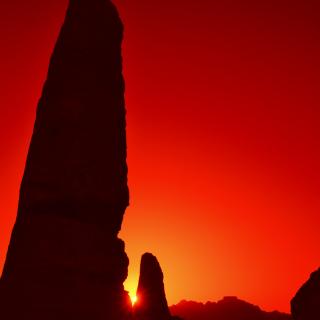Esteban, C.; Escacena Carrasco, J. L.
Bibliographical reference
TRABAJOS DE PREHISTORIA, Volume 70, Issue: 1, P. 114-139
Advertised on:
1
2013
Refereed citations
0
Description
We present an archaeoastronomical analysis of the orientations of six protohistoric sanctuaries and public buildings located in archaeological sites of the south of the Iberian Peninsula (Coria del Rio, El Carambolo, Saltillo, Mesa de Setefilla, Tejada la Vieja and El Oral). This study, the first of its kind conducted on a sample of Early Iron Age sanctuaries in this geographic area, is based on the accurate measurement of the orientations defined by the buildings and the analysis of the horizon around them and reveals clear astronomical relations. In particular, religious buildings show similar characteristics and orientation towards an azimuth of 55 degrees. The regularities found seem to suggest the existence of religious beliefs and rituals linked to singular positions of the brightest celestial bodies as the Sun, Moon or Venus. Original language of paper: Spanish
Related projects

Archaeoastronomy
The main objective of this project is to study the importance of astronomy as a fundamental part of human culture and civilization from Paleolithic to the present day. Our interest is mainly devoted to the people of the ancient Mediterranean cultures from the Atlantic to the Middle East, with a special dedication to Spain, its geographical
Juan Antonio
Belmonte Avilés